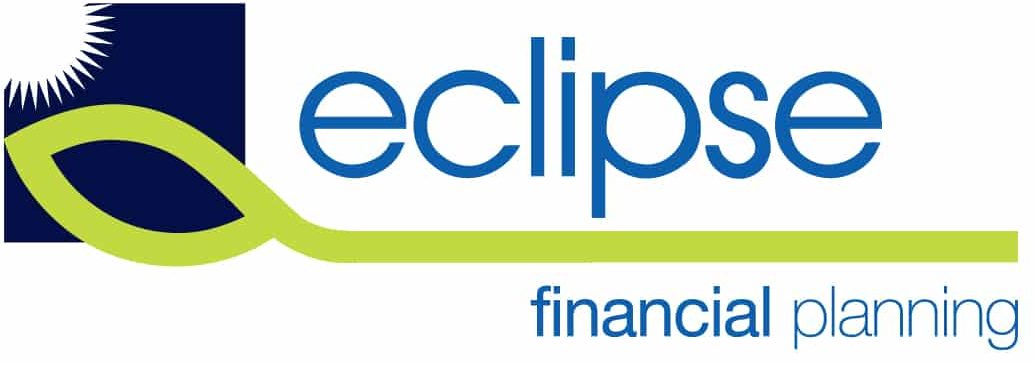An investment portfolio, whether big or small, should be a critical part of any financial planning strategy. Making the right investments now can pay off in a major way when you end up settling down to live or retire in Cannonvale, Proserpine, Airlie Beach or any of the other fantastic areas in the Whitsunday Shire.
A managed fund can be a more stress-free way of starting a portfolio that still stands to give you a significant return down the line. Here are the steps involved in investing in one.
Choosing the right managed fund
Just as no two investors are alike, you’ll find what can be an overwhelming diversity in the kinds of managed funds out there: Locally or globally focused, active or passive, single-asset or multi-sector and so on. There are literally thousands out there.
You can find out more about a particular managed fund from a number of sources. Your first port of call should be the fund’s product disclosure statement (PDS), which all managed funds are required to have registered with the Australian Securities and Investments Commission. Your financial planner can provide this for you, or you might be able to find it online or email a fund manager asking for it.
Be sure when you choose the fund that its objectives and investment strategy line up with your own particular needs. Look at its long-term performance, and assess the risk involved.
Checking the fees
Being a professionally managed investment fund, managed funds come with a price. No one’s going to do all that work for you for free! It’s important that you find out just how much you might be charged before committing to a fund.
As outlined by the Australian Securities and Investments Commission, some of the fees you might find are:
- Entry fees, generally around 1-5 per cent
- Management fees, which are usually around 0.5-2.5 per cent a year
- Performance fees, which are less typical and act as a bonus for outperforming expectations
When you find a few funds that strike your fancy, compare the value of their fees.
Buying into the fund
Depending on whether or not the fund is listed impacts the way you can invest in one. Listed funds can be bought and sold through a stockbroker on a market, similar to how shares are dealt with. Brokers will charge you a fee, and you’ll also have to pay stamp duty on your purchase.
Unlisted managed funds typically are bought through either a financial planner or directly from the fund manager. The benefit of using the former is that they will also be able to give you valuable insight into what kind of fund would be most effective for you, by taking stock of your entire situation.
Once you’ve started investing, be sure to hang on to all of those statements and read your regular performance reports. They’ll help you keep track of how the fund is going and will be required at tax time.

